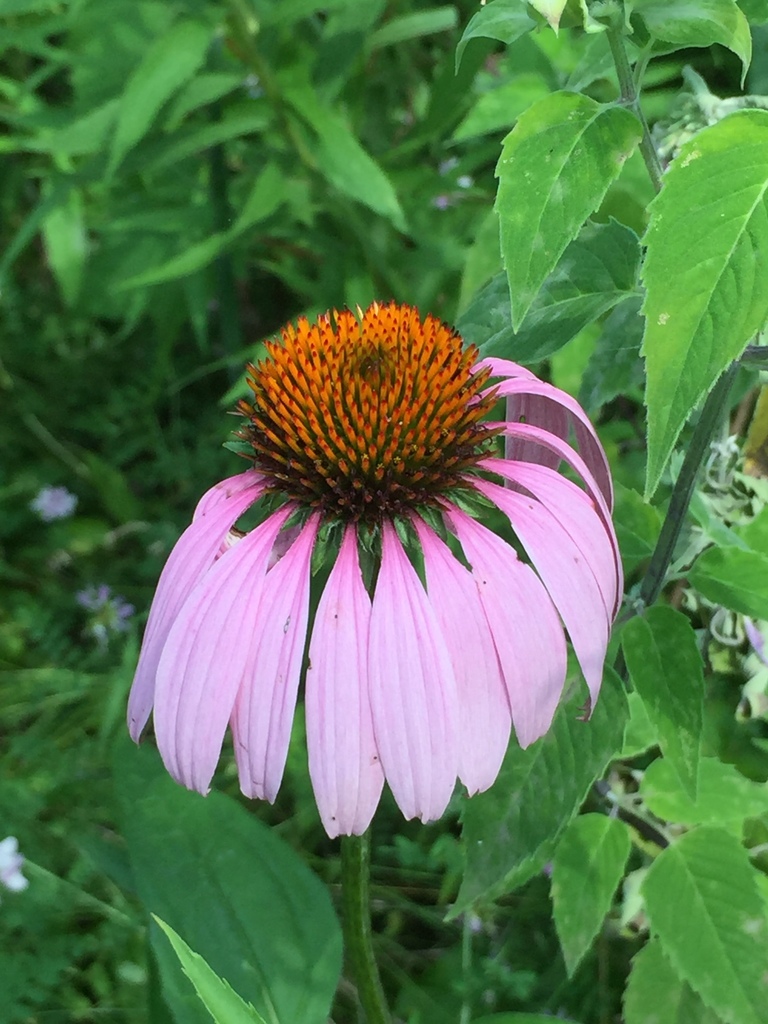Our spring newsmagazine featured Cliff’s top ten hidden gems of birding. Here is the seventh of a blog series on these birds, by guest blogger Ed Pope.
The dickcissel, slightly larger than a song sparrow, looks much like a miniature meadowlark. This grassland bird breeds in the Great Plains and the Midwest of North America. In winter they migrate to Mexico, Central America and the northern parts of Venezuela and Colombia.
During the breeding season, the male has a yellow chest with a black throat patch. The head is gray with a yellow stripe just above the eyes. The back plumage is brown and gray. The bill is short but stout, as would be expected for a bird that is primarily a seed eater. Females look similar to males, but lack the black throat patch.
Dickcissels’ diet is primarily seeds, such as grasses, rice, sorghum and buckwheat. While breeding, they also consume insects and spiders. When not breeding they feed almost exclusively on seeds. They forage for them on the ground, or while perched slightly higher on plants. Outside of the breeding season, they will often gather together in large flocks to feed.
Dickcissels make their nests close to the ground in dense grasses or up to four feet high in bushes. Their mating is unusual for songbirds. Males can mate with several females, which means some males don’t mate at all. Each breeding season starts anew, and mates do not carry over from the previous season.
Dickcissels get their name from their song which has been described as dick dick cissel. Below is a video with its call, so you can decide for yourself what it sounds like. Of all CILTI properties, the terrain at Nonie Werbe Krauss Nature Preserve is most likely to attract this grassland bird.

Ed Pope
Guest Blogger